28.03.2014
 The geographical location and history of Kesab before the 20th century
The geographical location and history of Kesab before the 20th century
The Armenian populated area of Kesab (with its center of the rural town of Kesab) is located in the north-west of Syria, in Aleppo province, near Alexsandretta, Antioch and Latakia and 3 km far from the Mediterranean Sea.
The presence of the Armenians in Cilicia and in coastal regions of Assyria is evidenced by the times of Tigran the Great. The Armenian, Greek and Assyrian villages suffered greatly from the massacres and violence during the Egyptian Mamluks invasions and in the first period of the Mamluk Sultanate period (13-14 century). In order to avoid persecution and massacres, the Armenians settled in the mountains of Kesab. Their presence in Kesab is certified in the XVI century, though the community is finally formed in the XVIII century. In the period of the Ottoman Empire, Kesab was a constituting part of the Vilayet of Aleppo and it became a commercial transit center connecting Asia Minor, Cilicia and northern Mesopotamia.
In the beginning of 20th century Kesab had 8 000 Armenian inhabitants. In addition to Kesab itself, 9 of 13 nearby villages were also inhabited by Armenians; Galaturan, Duzaghaj, Eski Fren, Eskyuran, Ekiz olug, Chagalcheg, Chinar, Paghchaghaz and Kyorkunen. There were 8 Armenian churches with their schools in the area. The population was engaged in agriculture, farming, silkworm breeding, apiculture and crafts.
Kesab at the time of 1909 Massacres of Cilicia
During the massacres of 1909, the Armenians of Kesab shared the fate of Cilician Armenians. In April thirty thousand Turkish armed detachments invaded Kesab. Despite the stubborn resistance of the population, the Turks succeeded to burn one of the Kesab’s suburbs. The Armenians settled in the mountains of Galaturan and the seacoast. After burning and plundering Kesab, the Turks moved to Galaturan, burnt and robbed the upper neighborhood houses. The Armenians moved to the Turkish village of Bedrousiye from the seacoast, then to Basit lough, after which to Latakia by the French boat “Nizher”.
Surviving the massacres of 1909, the Armenians returned and rebuilt their houses. After the plunder Armenian and foreign charitable organizations rushed to help suffered villages in the area of Kesab. Catholicos Sahak II Khabayan of Cilicia also visited Kesab.
Soon an orphanage was opened in Kessab, as well as a widows’ union and children’s workhouse. An attempt was made to restore the economy, in particular large-scale construction was carried out. Churches, schools and cultural centers were rebuilt in Kesab and in the nearby areas. Most of them stand till now.
The Armenians of Kesab during the years of the Armenian Genocide
The Armenians of Kesab suffered greatly from the Armenian Genocide passing through forced deportations and exile. The order of deportation reached Kesab on the 26th of July, 1915. At the beginning the Armenians decided to disobey the order and resist, but in vain. They were exiled in two direction; either to Der Zor or to the south, Jordan. 5000 Armenians died on the way of the exile. 70 Armenian young people were mobilized into the Armenian Legion of the French Army contributing to the defeat of the Ottoman Empire.
The Rebuilding of Kesab
After surviving the Genocide, in 1918 most of the Armenian population of Kesab returned to their home to rebuild and develop their homeland that had been flourishing once. The main problem of the repatriated people was still the security. So a volunteer group was formed to protect civilians against Kemalist officer gangs at daytime and night. In 1920 there were 2363 Armenian inhabitants in Kesab, wheras three years later their number increased to 3500. In later decades the population in Kessab and the surrounding villages decreased as a result of migration. In 1946 Kesab became a part of Independent Syrian Arab Republic. In 1946-47, 2400 Armenians were turned to Armenia (3800 according to other sources). In 1950-60s, hundreds of families moved to USA, Canada and Lebanon.
Along this Kesab continues to remain one of the main Armenian communities in Syria. Before the incidents of March 2014, there were 1500 Armenians living in Kesab. The Armenian Apostolic church St. Mary (built in the XIX century), the Catholic church St. Michael Archangel, Armenian Evangelical Holy Trinity church, Azgayin Usumnasirats Miacyal, Armenian Evangelical Nahatakats Miacyal, Armenian Catholic Barehouso school and National Sahakyan centre with its Sunday school were still operating. Today, from a dozen of purely Armenian villages existing in the province till 1950-60s, only three exist; Baghjaghas, Duzaghaj and Galaturan.
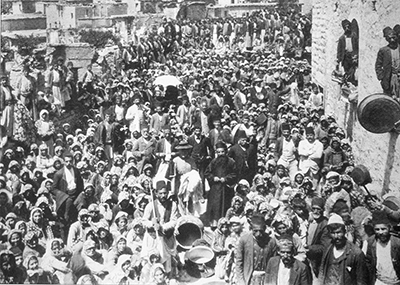 Returning the property plundered during the Kesab massacres, 1909
Returning the property plundered during the Kesab massacres, 1909
 Armenian survivors of the massacres, who had taken refuge in the mountains for days
Armenian survivors of the massacres, who had taken refuge in the mountains for days
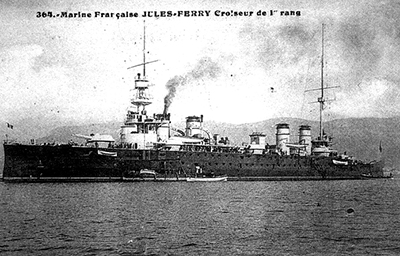 The boat Jiul Fery, that brought 1450 Armenians from Kesab to Basit, 1909
The boat Jiul Fery, that brought 1450 Armenians from Kesab to Basit, 1909
 The boat Jiul Fery, that brought 1450 Armenians from Kesab to Basit, 1909
The boat Jiul Fery, that brought 1450 Armenians from Kesab to Basit, 1909
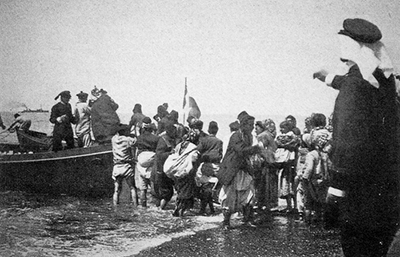 The Armenian refugees moving from Kesab to Basit , 1909
The Armenian refugees moving from Kesab to Basit , 1909
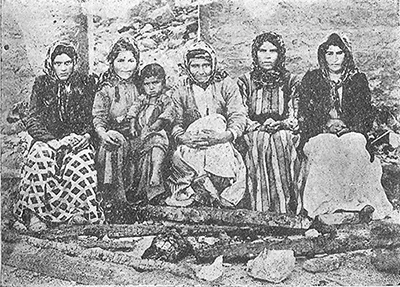 Women and children sheltered in a cave for 8 days to save their lives from massacres, 1909
Women and children sheltered in a cave for 8 days to save their lives from massacres, 1909
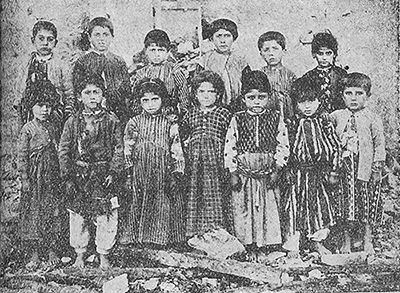 From eight to ten years old Armenian orphans, who survived the massacres, 1909
From eight to ten years old Armenian orphans, who survived the massacres, 1909
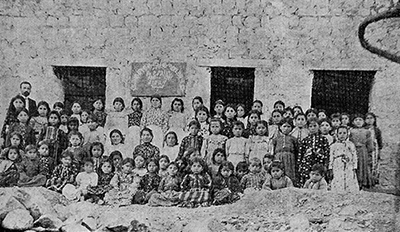 Pupils of Kesab school
Pupils of Kesab school
 Teachers and pupils of the elementary masculine school of Kesab
Teachers and pupils of the elementary masculine school of Kesab
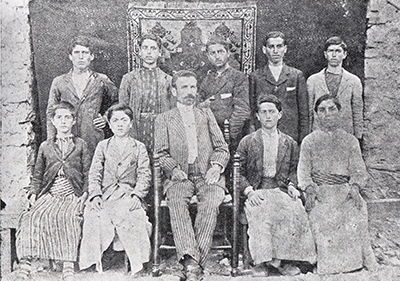 First graduates of the elementary masculine school of Kesab, 1912
First graduates of the elementary masculine school of Kesab, 1912
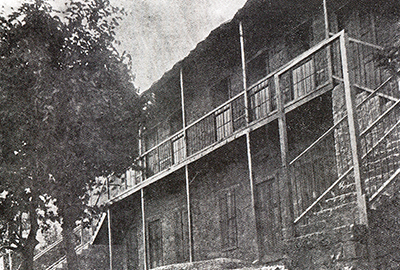 The building of elementary feminine school
The building of elementary feminine school
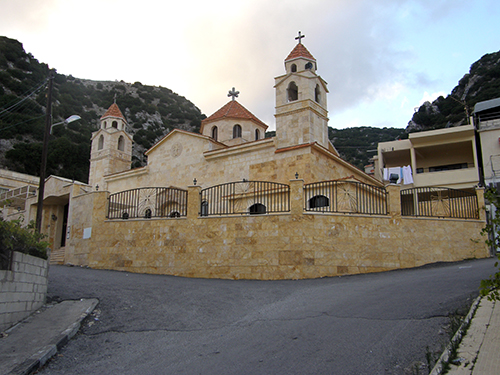 Kesab, nowadays; photo by RAA foundation
Kesab, nowadays; photo by RAA foundation
 Kesab, nowadays; photo by RAA foundation
Kesab, nowadays; photo by RAA foundation
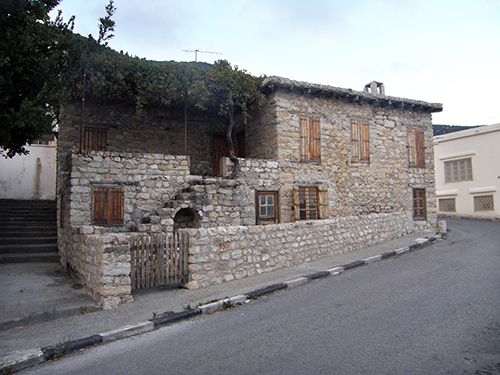 Kesab, nowadays; photo by RAA foundation
Kesab, nowadays; photo by RAA foundation





